Key Considerations for ADU Construction
When planning your new ADU, there are several important site preparation, design, and construction considerations we bear in mind.
Style
Your accessory dwelling unit needs to fit in with the style and look of the surrounding property and neighborhood.
Level of Privacy
This depends on whether you plan to rent your ADU or use it as a family annex. If renting in Bay Area, some tenants may require certain levels of privacy.
Space
Before making any designs, we consider how you want to use your dwelling unit and ensure enough space. If it is too small, the unit could feel restrictive, while if it is too big, it may fall foul of Bay Area ADU construction laws.
Access
Ensuring all units have an open route to the street for accessibility and safety reasons. If you have tenants, it’s important to consider more private access routes that bypass your main home area and other accessibility features such as wheelchair ramps and handrails.
Structural Design
Depending on your location, Bay Area ADU construction regulations and local zoning laws will guide us through the structural design of your unit.
Site Conditions
We take site analysis and preparation seriously to get the right type of foundation and structural quality for your unit.
Outdoor Connections
Our ADUs are more spacious by considering brilliant views, windows/doors, and outdoor spaces for better living.
Different Types of ADUs
As your Bay Area ADU construction contractor, DevArt8 Construction will help you plan, design, and build any of the four main types of accessory dwelling units.

Detached ADUs
Also called granny flats, backyard cottages, laneway houses, or DADUs, detached ADUs are standalone structures separate from the main home. They can be built in the backyard, on the side of the house, or even above a garage.
As separate units, they will require adequate room for construction, new utility lines and meet certain parking regulations in Bay Area. They offer the most privacy and independence for occupants and are ideal for those looking for a separate living space.

Attached ADUs
In terms of value, an attached ADU is the second most valuable type of ADU in Bay Area because it is connected to your existing home but with less privacy than the detached option.
Structurally, it is a simple living unit connected to the main home, either through a shared wall or a connecting hallway. It is a good option to keep a close connection with your family while letting them have their own space.
As per ADU construction regulations in Bay Area, attached ADUs may have shared or separate utilities but must have distinct living areas.
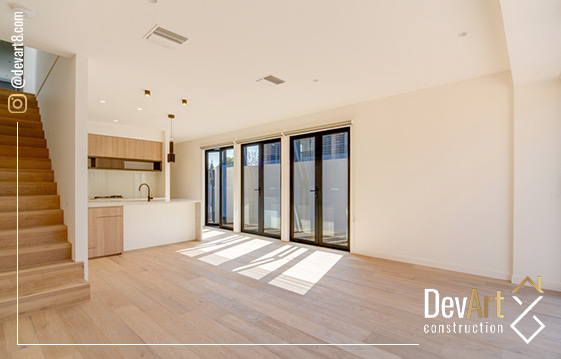
Junior ADUs
Junior Accessory Dwelling Units (JADUs) are smaller than traditional ADUs, less than 500 square feet in area. We often add them onto your main home and design them to provide a cohesive look to your property. JADUs can be attached or detached, depending on your preferences and local zoning regulations.
Regarding Bay Area ADU zoning and permitting laws, JADUs may have different requirements in different residential areas, such as limiting the size of the unit or requiring a certain distance from the main home.
ADU Construction Regulations in Bay Area
As your Bay Area ADU contractor, we are responsible for updating you on setback requirements and other legal aspects of your ADU construction. Here is a brief overview:
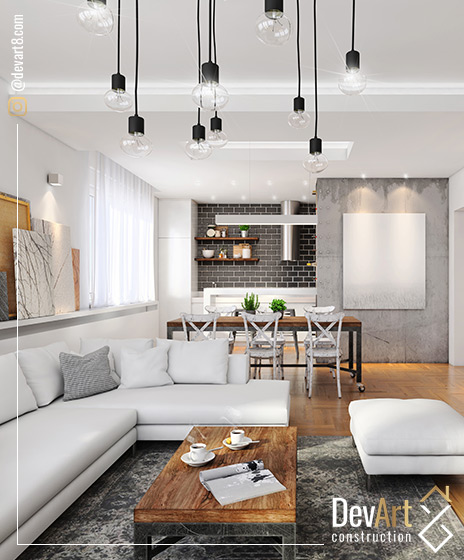
Number of ADUs Allowed
Only one ADU is allowed per primary dwelling. ADUs are allowed in single-family residential areas and on any lot with a permitted single-family home in a multi-family residential area.
ADU Size
Lots under 8,500 sq. ft. require ADUs of about 275 - 640 sq. ft. with a maximum of one bedroom. Lots over 8,500 sq. ft. can have ADUs up to 800 sq. ft. with a max of two bedrooms. ADUs converted from existing single-family homes can't be larger than 25% of the main structure.
Setbacks and Location
ADUs must comply with the same setbacks as the main dwelling, except if above a detached garage. Detached ADUs must be located at least 10 feet from the main dwelling. When above a detached garage, ADUs must have a 5-foot setback from interior side yards, a 5-foot rear yard setback, and a 20-foot street side yard setback on corner lots.
Height
Detached accessory units must be one-story and not exceed 12 feet in height unless a higher-pitch roof is required to match the main dwelling. When located above a detached garage, the height should not go beyond 30 feet.
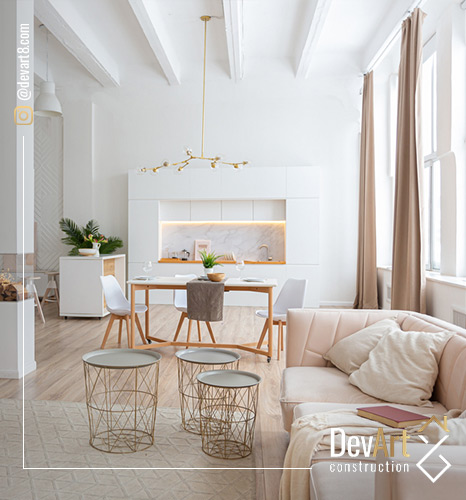
Utility Connections
ADUs must have sufficient water and sewer services, which can be separate or combined.
Entryways
Attached and detached ADUs must have exterior doors set back at least 10 feet from property lines. We must provide a covered entryway of at least 3 feet for the ADU. Exterior doors to attached ADUs should not be on the same level as the main dwelling's entrance.
Stairways to ADUs are allowed if they comply with the main dwelling's setback standards and are not visible from the public street.
Kitchen / Bath
ADUs must provide complete and self-sufficient living facilities, including sleeping, cooking, and sanitation areas. The unit must have a kitchen and bathroom solely for its use.
Parking
Conversion and junior ADUs don't need parking. Attached and detached ADUs require one parking space unless exempt from parking requirements.
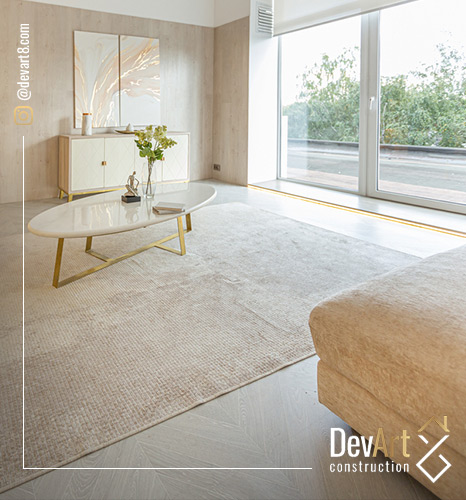
ADU Construction Permits
ADU construction typically requires building, zoning, and possibly accessory dwelling unit-specific permits. The process involves plan submission, review, and approval by local authorities, ensuring compliance with regulations and codes.
- Building Permit: For structural and safety compliance.
- Zoning Permit: Ensures adherence to local zoning regulations.
- Grading Permit: If grading or excavation work is involved.
- Plumbing Permit: For plumbing system installation.
- Electrical Permit: For electrical system installation.
- Mechanical Permit: For HVAC system installation.
- Sewer Connection Permit: If connecting to the city's sewer system.
- Utility Service Permit: For utility connections.
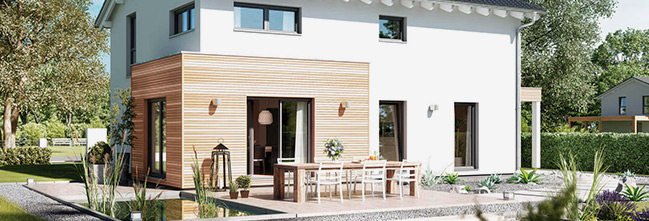
Efficient ADU Construction and Permit Compliance in Bay Area
Take the next step towards creating your dream accessory dwelling unit, by contacting our experienced team to help you in handling all aspects of the design and construction.
ADU Design and Layout Guide
In general, certain design and layout prerequisites must be met for all ADUs. These requirements include the provision of a bathroom, kitchen, and sleeping accommodations.
Additionally, there are specific design considerations that are subject to regulation, as well as a variety of optional design elements and features that you may want to consider. The fundamental components that every ADU must include are:
Bathroom
A functional bathroom with toilet, sink, and shower.
Kitchen
A well-equipped kitchen with cooking and food prep areas.
Sleeping Facilities
Space designated for sleeping, such as a bedroom or studio area.
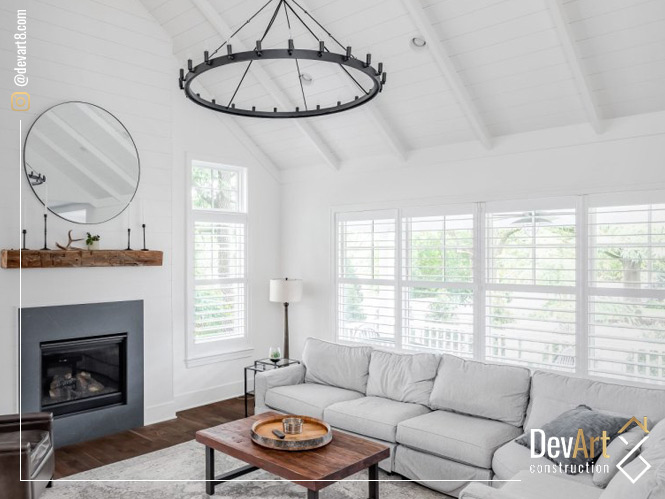
Optional Design Considerations and Features
Beyond the mandatory requirements and regulated considerations, there are various optional design considerations and features that can enhance the functionality and aesthetics of your ADU:
| Consideration | Description |
|---|---|
| Sustainable Design | Incorporating eco-friendly materials and energy-efficient features. |
| Outdoor Spaces | Creating outdoor living areas, such as patios or balconies. |
| Natural Lighting | Maximizing natural light with well-placed windows and skylights. |
| Accessibility Features | Designing for accessibility with ramps, wider doorways, and grab bars. |
| Storage Solutions | Incorporating ample storage space for residents' belongings. |
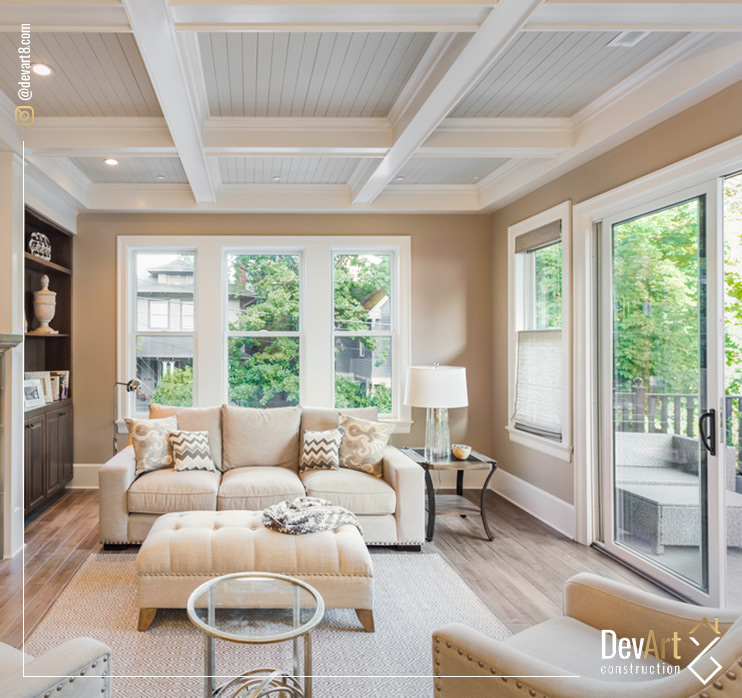
ADU Floor Plan and Layout Options
In Bay Area ADUs come in various shapes and sizes, offering flexibility in design to meet your needs. In addition to customized options, here are the common ADU floor plan ideas we use for projects:
| Layout/Configuration | Description |
|---|---|
| Studio Layouts | A single-room living space combining the bedroom, living area, and kitchenette. Typically includes a separate bathroom. |
| One-Bedroom Layouts | Features a separate bedroom, living area, kitchen, and a full bathroom. Suitable for individuals or couples. |
| Two-Bedroom Layouts | Offers two separate bedrooms, a living area, kitchen, and one or two full bathrooms. Ideal for small families. |
| Open Concept Layouts | An open, fluid layout with minimal room dividers, creating a flexible, open space with kitchen, dining, and living areas. |
| The Accessible ADU | Designed with wide doorways, open living, an accessible kitchen, and a bathroom equipped for accessibility standards. |
| The Guest House Retreat | Tailored for guests with a private bedroom, living area, basic kitchenette, and standard bathroom amenities. |
| The Home Office | Accommodates a home office with workspace, kitchenette, and practical bathroom for work-from-home needs. |

ADU Construction Cost
Understanding the cost breakdown is crucial. Several factors influence ADU construction costs, including the type of ADU, location, size, and finishes.
- Ordinances, Planning, and Design: 8-15% of total project cost.
- Permit Fees: ranging from 1-8% of the total project cost.
- Construction (Site Preparation and Build): approximately 45-50% of the total
project cost. - Finishing: ranging from 30-50% of the initial investment
- Systems (Electrical, Plumbing, HVAC): Approximately 5-15% of the total
project cost. - Labor: accounts for about 40% of your ADU project’s total cost.
- Design and Permits: typically 10-15% of the total project cost.
ADU Construction Process.
The design-build process ensures your ADU construction project is done on time and to your specifications. Below is a breakdown of our design-build approach, showing what you can expect when working with DevArt8 Construction.
ADU Site Assessment and Design
Evaluating the site’s suitability by considering dimensions, slope, orientation, and zoning laws. Design follows site specifications.
City Review and Permitting
Plans are submitted to Bay Area’s Building Division for review and permits. Ensuring compliance with local building codes and regulations.
ADU Construction
Construction begins after city approval, covering excavation, foundation, framing, plumbing, electrical, HVAC, and finishing work.
Final Inspection
City/municipality conducts a final inspection to verify compliance with building codes and regulations upon construction completion.
FAQs
Start Your Project





